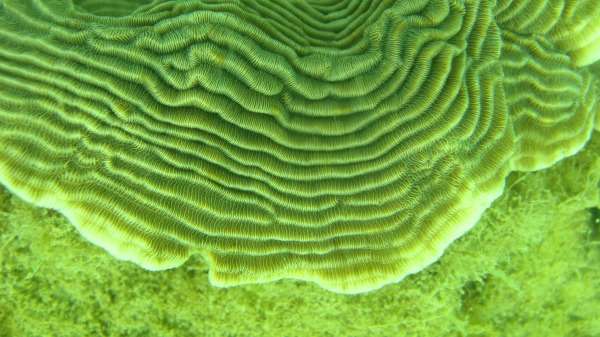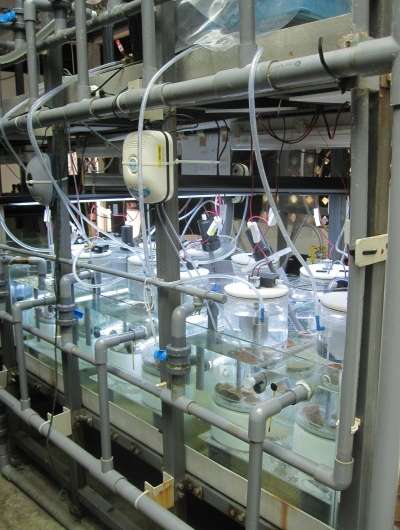Inshore corals prove resilient to sediments

Inshore corals may be better able to cope with natural and human-induced sediment resuspension events than previously thought, according to a local researcher.
A study, led by Curtin University Department of Environment and Agriculture researcher Nicola Browne, used sediment pulses to determine the effects of suspended sediments (turbidity) and sediment deposition (sedimentation) on inshore corals.
Sediment thresholds were found to be higher than those commonly reported for other coral species in the three Indo-Pacific corals tested: Merulina ampliata, Pachyseris speciosa and Platygyra sinensis.
Dr Browne says many studies that reported lower thresholds have used offshore, clear-water species or field experiments.
"The reason I used inshore corals is because I wanted to relate [the findings] back to management, because most of the dredging which requires management occurs in inshore coastal areas," Dr Browne says.
The current study is the first to use pulsed turbidity events in the laboratory to examine coral-sediment thresholds.
These sporadic influxes of sediment occur naturally due to wave and tidal action (turbidity can reach > 150mg of sediment per litre of water) or due to dredging and coastal development (>500mg l-1).
The results show these inshore species can tolerate moderate turbidity for up to several weeks with little to no negative effect on photosynthesis or tissue health.

Morphology became influential in determining the coral's tolerance to sediment when the severity was increased to extreme levels of average turbidity (90 mg l-1) and sedimentation (70 mg cm-2 day-1).
"Most corals can acclimate to low light, but sedimentation is more of an adaptation issue and some morphologies are better than others," Dr Browne says.
At extreme sediment levels the more sensitive foliose corals M. ampliata and P. speciosa showed tissue necrosis (death) of up to 20 per cent.
However, no necrosis was observed in the massive (boulder-shaped) coral P. sinensis and only limited declines in photosynthetic yield.
Dr Browne says defining biological thresholds is important so than managers can set realistic trigger values, above which actions may be taken to alter or stop work.
"Dredging is going to happen whether we like it or not," Dr Browne says.
"But if it needs to happen, then we need to be really clear about our thresholds: what they are and what the corals can tolerate."
The study also identified the importance of short recovery periods following sediment exposure.
"If [resuspension occurs] periodically, even every other week, the corals were able to recover over that week," Dr Browne says.
More information: "Recreating pulsed turbidity events to determine coral–sediment thresholds for active management," Journal of Experimental Marine Biology and Ecology, Volume 466, May 2015, Pages 98-109, ISSN 0022-0981, dx.doi.org/10.1016/j.jembe.2015.02.010
Journal information: Journal of Experimental Marine Biology and Ecology
Provided by Science Network WA



















